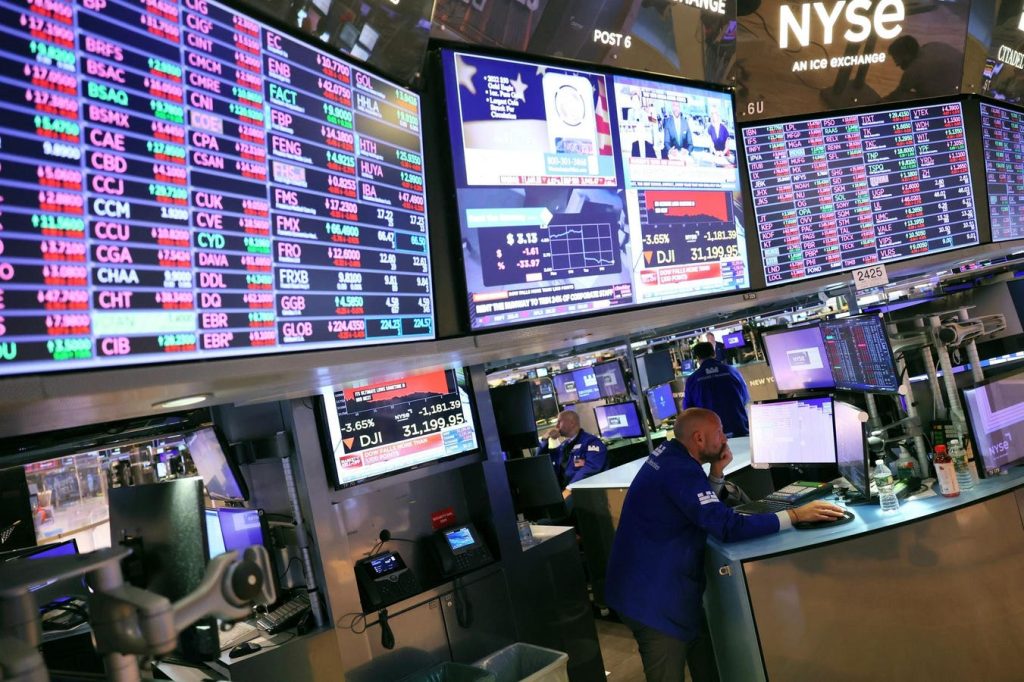In the world of economics and financial markets, perspective is key in interpreting data accurately. While current data may suggest that the U.S. economy is slowing down, taking a longer-term view reveals that the economy is actually healthy and normalizing after a period of heightened growth following the recovery from the COVID-19 pandemic. This shift in perspective can lead to a more positive outlook on the future of the economy.
One example where a longer-term perspective can change conclusions is in the manufacturing sector. The ISM Manufacturing PMI survey, which measures manufacturing activity, reached its highest level in nearly three decades in 2021 but has since contracted. While short-term investors may be concerned about this decline, a longer-term perspective shows that the bottoming process for the ISM is typically followed by an upward reversal, and historical trends support the idea that the economy will recover.
Another area where perspective matters is in delinquent debt, with rates on the rise since late 2021. While this may indicate deteriorating consumer financial health, a closer look shows that much of the increase in delinquencies is coming from loans issued in 2020 and 2021, which were taken out by previously subprime borrowers in better financial positions. More recent debt is not seeing the same increase in delinquencies, and banks expect rates to stabilize in the coming quarters, limiting the impact on consumption.
Lower-income consumers are most at risk of falling behind on debt payments, but they have seen significant wage gains since the pandemic began, helping to offset increased living costs. Despite this, the bottom three income quintiles account for as much spending as the top quintile, indicating that lower-income consumers have a significant impact on overall consumption. Higher-income individuals, who have seen wealth gains from financial markets and home prices, are in a good position to support the economy even if lower-income spending weakens.
The significant wage gains for lower-income Americans occurred during the reopening from the pandemic when finding workers was a challenge for many employers. Despite moderating labor demand, strong wage growth has continued, contributing to a more balanced economic environment. Looking at macro data through a long-term lens, it is clear that the economy is moving towards a return to normalcy, a scenario that was predicted two to three years ago but has taken longer to materialize.
In conclusion, taking a longer-term perspective on economic and financial data can provide a more accurate understanding of the overall health of the economy. While short-term fluctuations may cause concern, historical trends and broader economic factors suggest that the economy is on track for continued growth and stability. By considering the bigger picture, investors and analysts can make more informed decisions and predictions about the future direction of the economy.


